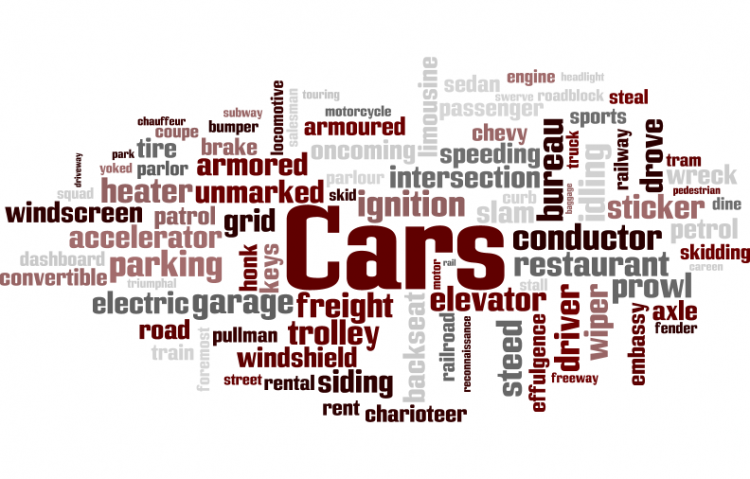
- Target:
- Secretary for Transport
- Region:
- United Kingdom
- Website:
- www.classicsmonthly.com
One law for different vehicle designs
Perception of what is deemed a classic car changes with subsequent generations of enthusiasts. The term is no longer the preserve of chrome-laden icons built before1973.
Vehicle construction methods have long since moved away from separate chassis and bodyshells in response to manufacturing, safety and design influences. Monocoque-body classics (no separate chassis) have been recognised as such for decades but restoring one by reshelling can alter this perception in the eye of current legislation.
I can quite legally build a repro bodyshell from new off-the-shelf pattern panels for a separate chassis classic and the car be easily considered genuine. A similar-aged car of monocoque design would be illegal if I replaced the shell with an identical second-hand shell and tried to keep its original identity to avoid it being re-registered as a Q-plate.
This law is outdated and doesn't reflect the growing popularity of monocoque classics and enthusiasts' desire to preserve them with their original identity.
Gary Stretton, Editor. Classics Monthly
The Classics Monthly proposal
To retain the original identity and registration of a reshelled vehicle.
1. The recognised legal owner of two similar cars would have permission to create one classic vehicle from both, retaining the original identity of the nominated car.
2. In order to do this they would notify the DVLA of their intention, stating the vehicles concerned.
3. An appointed body (or approved engineer) would inspect both vehicles for a fee payable by the proposer to confirm vehicle identities.
4. Any checks such as HPI and police checks would also be part of the process and would need to be satisfied by the proposer before point 6.
5. The DVLA would then acknowledge the request, stating any legal reasons why this couldn’t happen. For example a powerful variant of a vehicle using a similar donor vehicle without necessary considerations to braking, extra shell strengthening and so on. This information is widely held by owners’ clubs.
6. Upon approval, the owner would then be free to transfer key components, e.g. engine, suspension, brakes, steering and transmission.
7. Once ready, an appointed engineer would inspect, for another fee, both vehicles to ensure the reshelling is both legal and roadworthy.
8. The discarded bodyshell would be recycled (scrapped) and the identity of the donor vehicle associated with the original car's identity by the DVLA.
9. If necessary, a chassis or VIN number could be given an additional suffix or prefix (‘R’, for example) to denote a reshelling has taken place.
This proposal, we believe, meets the legal concerns of the DVLA, keen to stamp out car 'ringing' and the cost of implementing the scheme.
It would safeguard the future of monocoque-bodied classic cars, deter their illegal reshelling and recycle otherwise perfectly good bodyshells.
The survival of such classics will ensure employment within the automotive sector and help maintain the billions of pounds the classic sector creates for the UK economy.
If you believe the reshelling of a classic car, retention of its original identity and the preservation of future classics in a legally transparent manner is essential for the future of our hobby, and those employed by it, please sign our petition.
Classics Monthly wants to see a change in the law to reflect the changing perception of what a classic car is and the desire of enthusiasts to preserve them responsibly, safely and legally.
You can further help this campaign by sponsoring it
The Classic cars – Reshell or Die petition to Secretary for Transport was written by Gary Stretton and is in the category Cars at GoPetition.